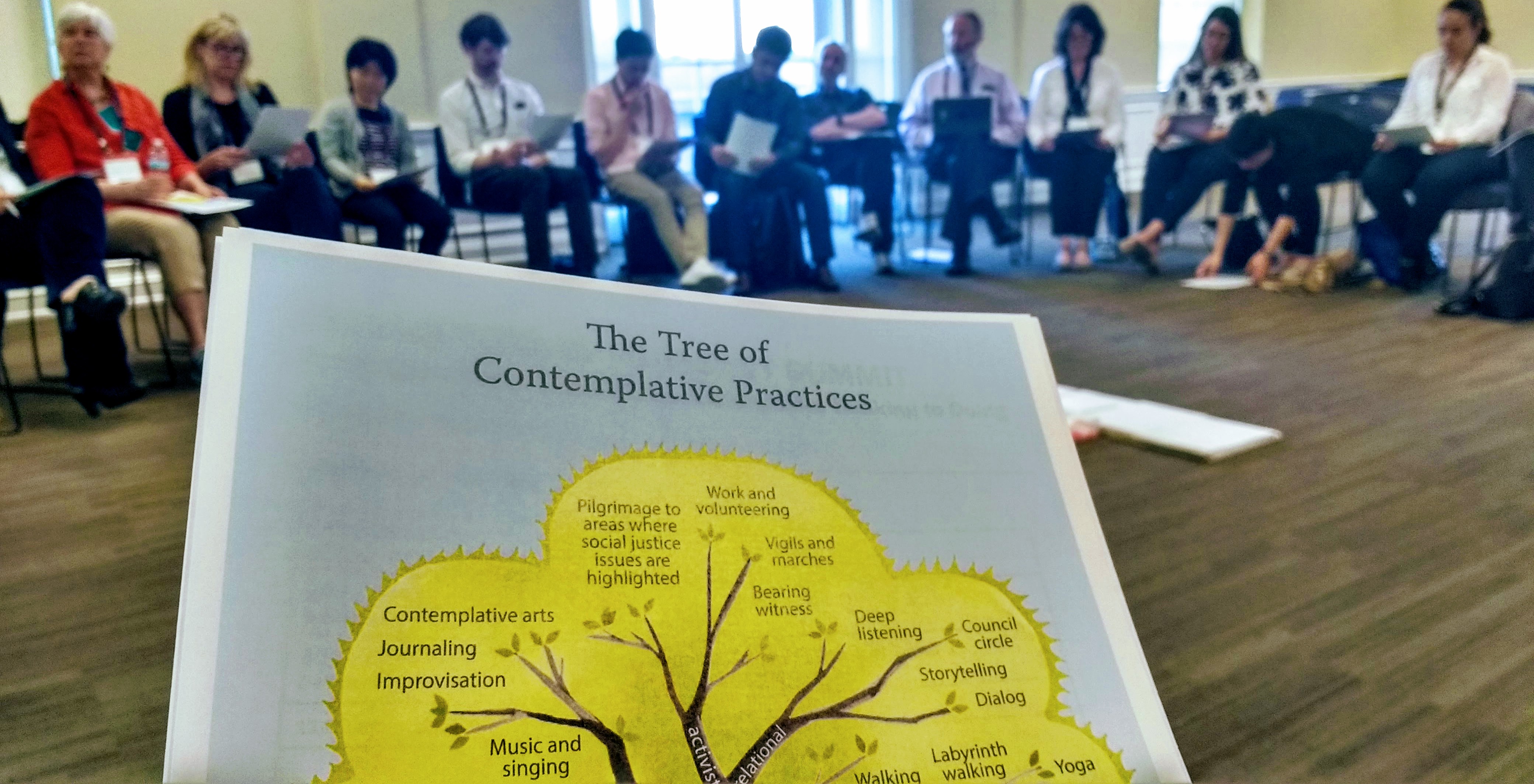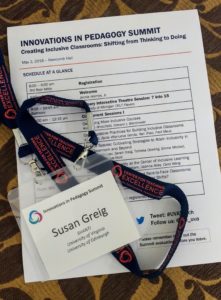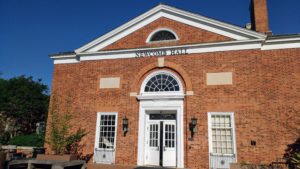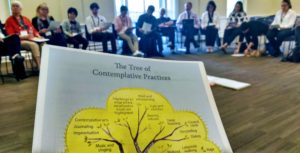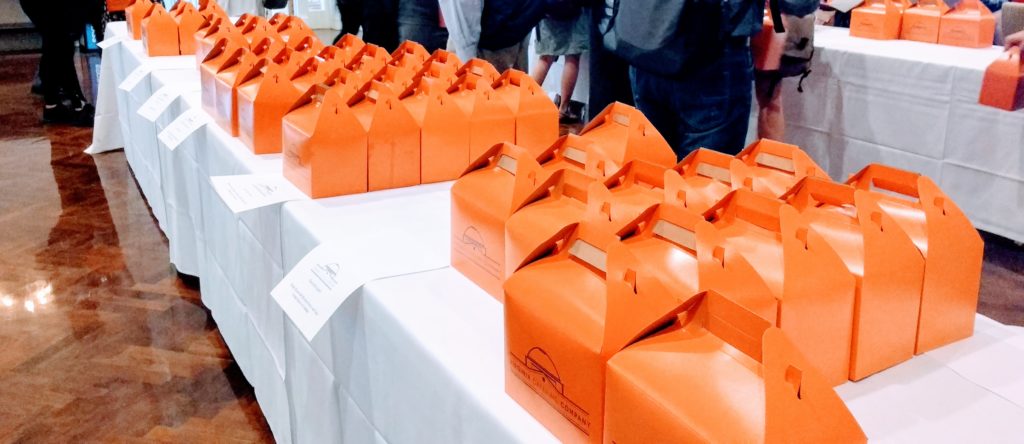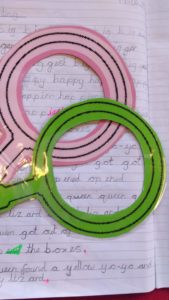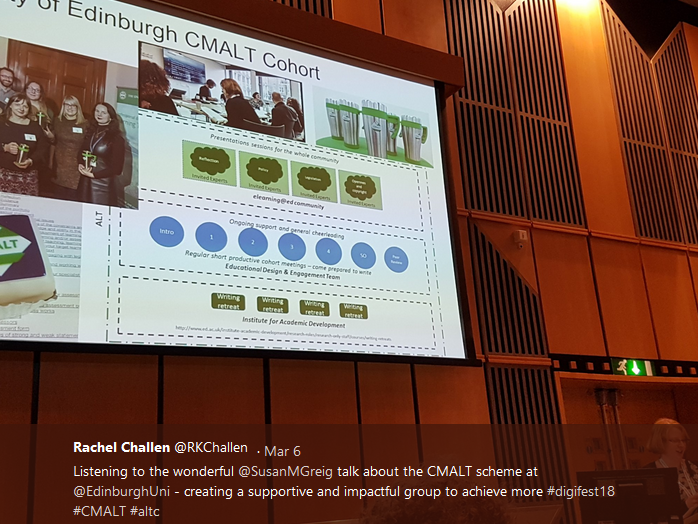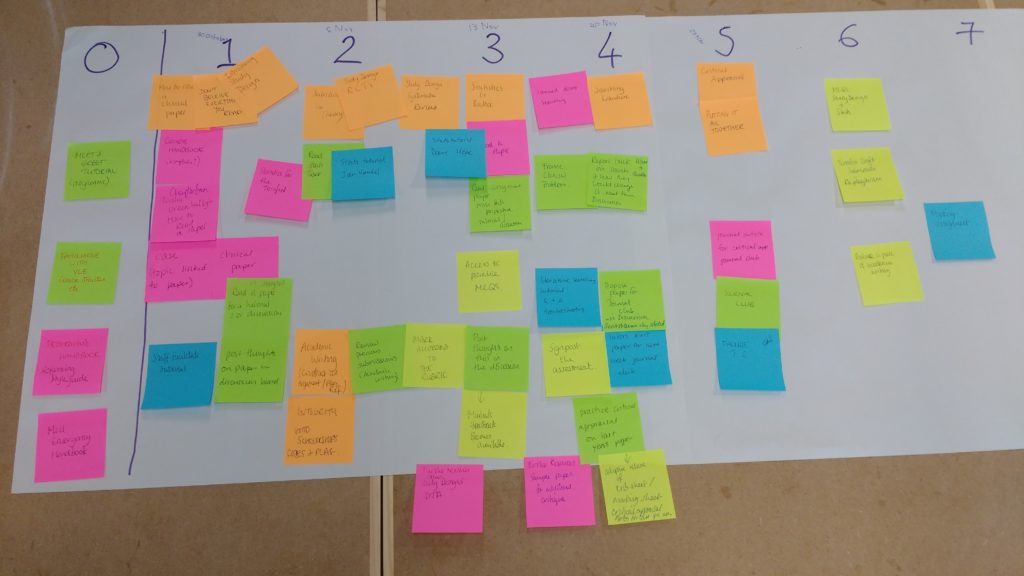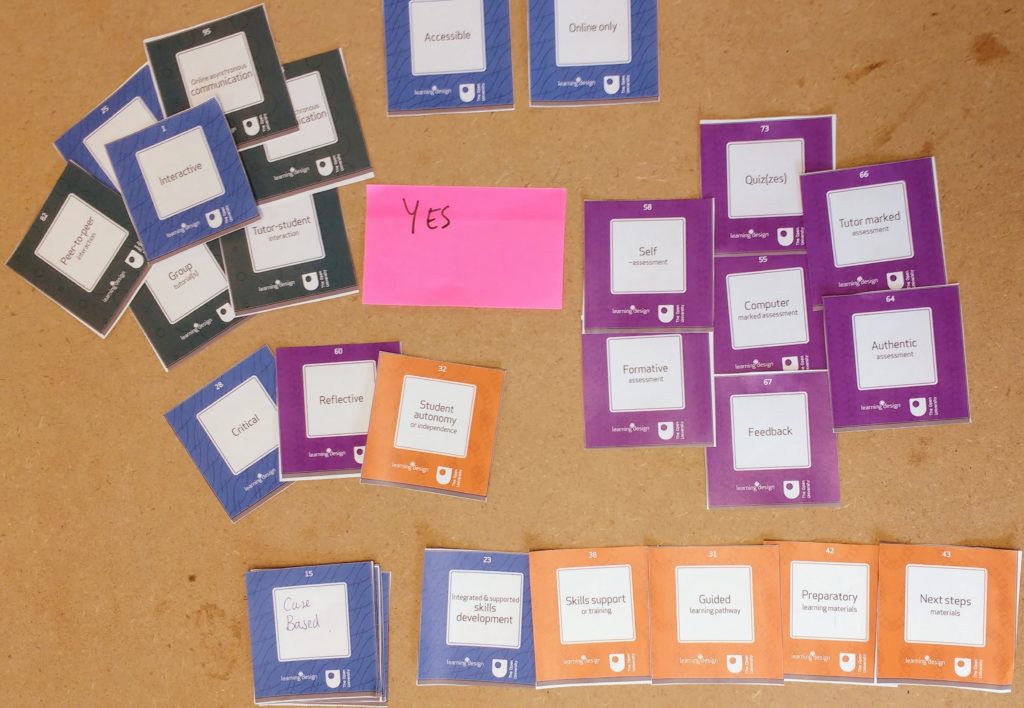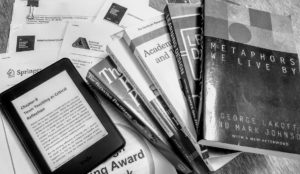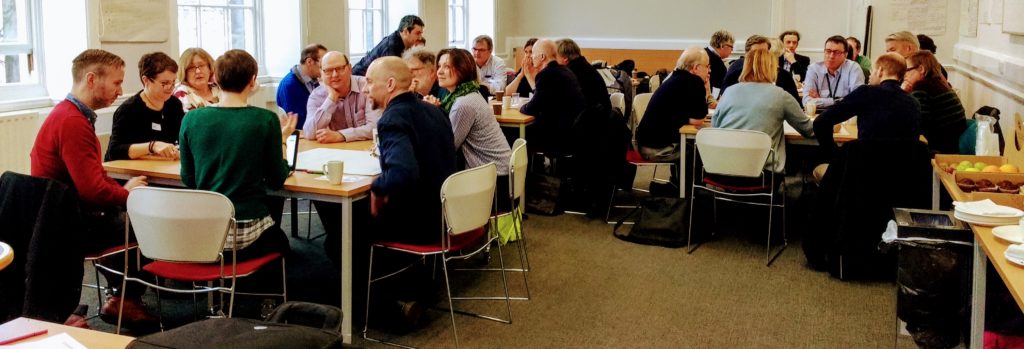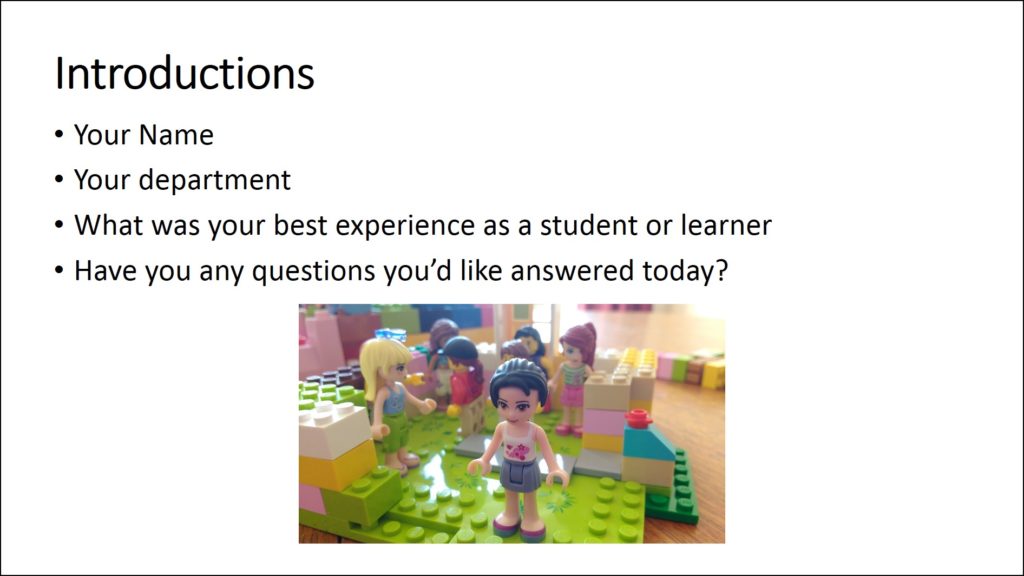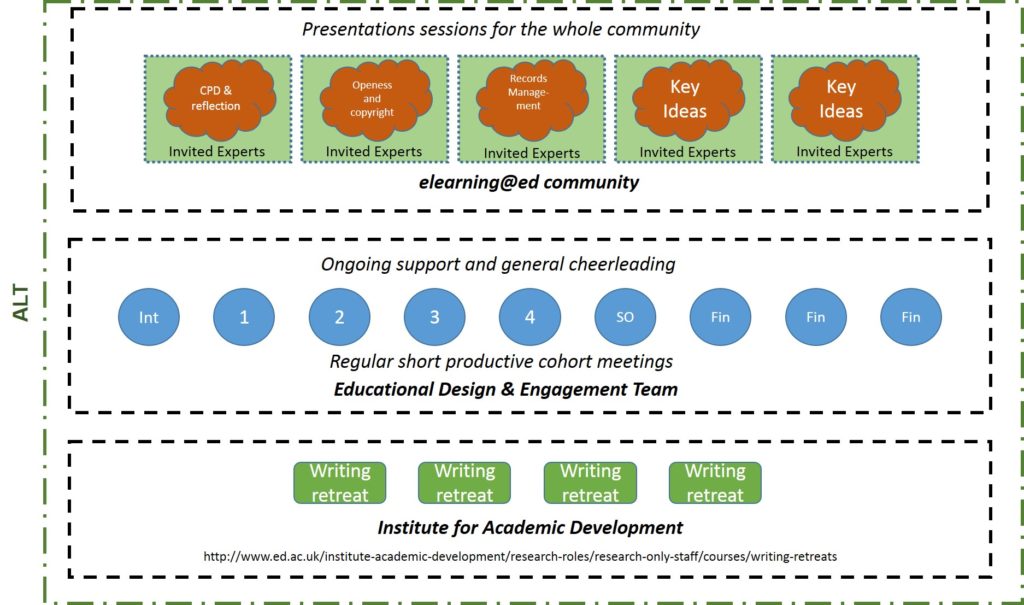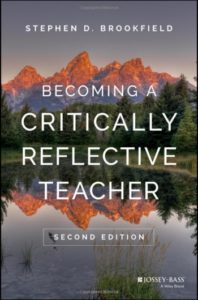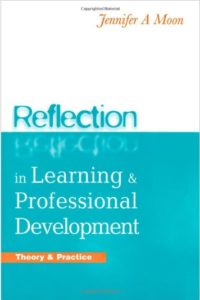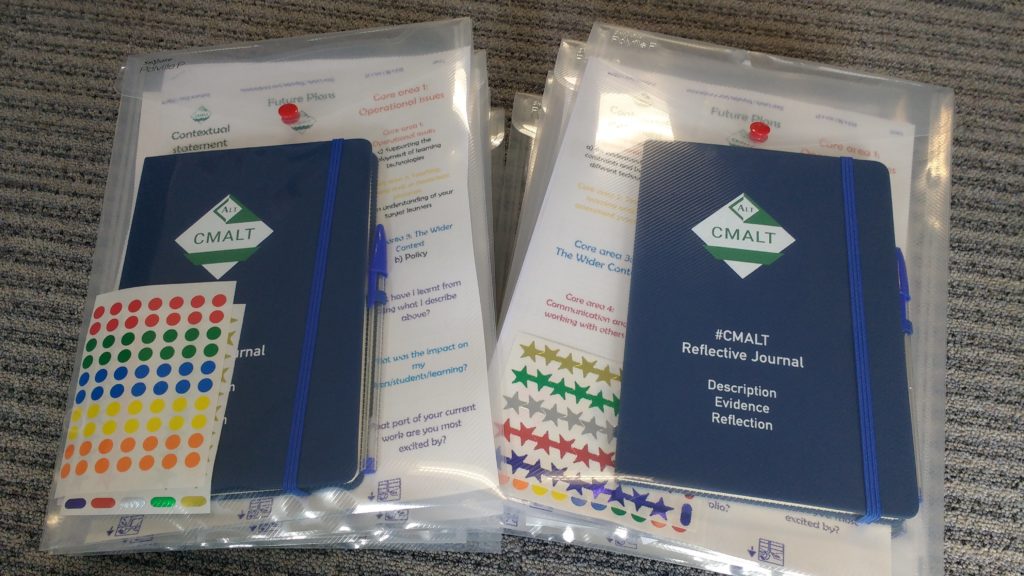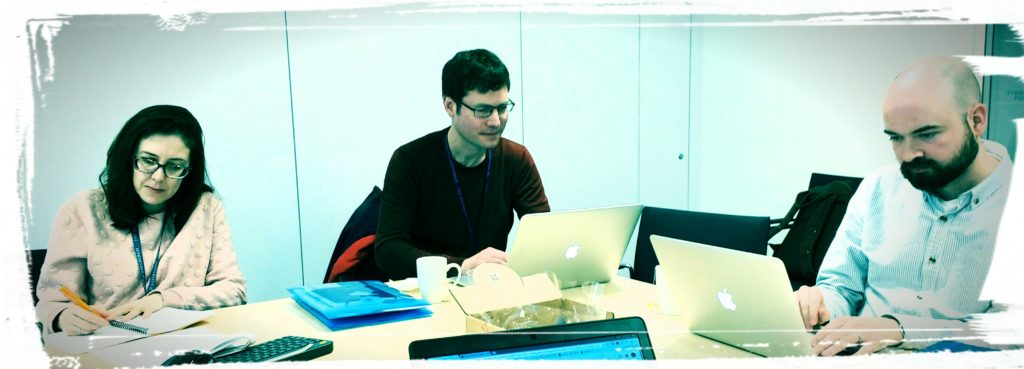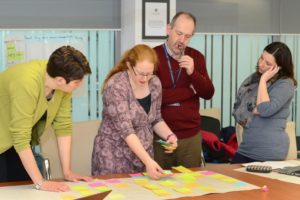I first became aware of the Erasmus programme (EuRopean Community Action Scheme for the Mobility of University Students) as a CPD option for staff, was when I hosted a week long visit to the University of Edinburgh for a Learning Technologist from University College Cork in Ireland in January 2015 (in fact it was only in 2014/15 scheme was extended to non-academic staff). Our department also had a visitor last summer, a Learning Technologist from an Italian University. I always enjoy meeting visitors – I love hearing about their work and learning about the institution where they work. These conversations are always inspiring and help me to see my institution with fresh eyes.
On the 29th of August 2017 I went to an event at the University of Edinburgh (where I work) called “Go Abroad – Staff opportunities” to find out more about participating. The ERASMUS scheme offers funding for week-long training visits for professional services staff – within Europe you could apply to spend time at any institution and I discovered that there was also an extended scheme for visits outside Europe, through the International Credit Mobility programme, to spend time with specific partner institutions.
Applying
I was really excited by the opportunity this scheme offered and started thinking about my role and interests and possible destinations to identify a suitable match. In September 2017 (after discussing this with my line manger) I submitted my application to visit the University of Virginia. I am currently running a scheme at the University of Edinburgh to support staff undertaking their Certified Membership of the Association for Learning Technology (CMALT) a professional development opportunity for staff working with learning technology. I proposed to make this visit to explore Institutional approaches to Staff Development for IT staff (specifically learning technology) and to make connections with others working in this area.
Planning
As I didn’t know anyone at UVa I was matched with my host through the Go Abroad scheme contacts for both institutions. John Alexander from UVa very kindly agreed to host me in his department SHANTI Sciences, Humanities & Arts Network of Technological Initiatives. John was equally inspired by the possibilities of a study visit and applied to make a visit to the University of Edinburgh in June 2018 (more about this in a later post).
To coordinate my visit John & I initially used email and later set up a shared google doc – I sent John some information about my work and interests and he contacted relevant people and set up meetings for me. This meant I had a good idea of the shape of my week of activities before I arrived.
Arriving

This was my first visit to the US, so this section will not be relevant to seasoned travelers! As it was my first visit and I’m a UK Citizen before I went I need to apply for an ESTA as part of the Visa waiver Program.
In order to make it to my destination the day before my visit started, I left home in Edinburgh early on the Sunday morning, flew direct to Newark then to Washington DC, then to Charlottesville. Three flights in the one day was a lot, and I’ve since discovered that there are some direct flights from Edinburgh to Washington DC – so I’d recommend taking a good look at options before you book.
I was allocated the window seat on all my flights, which was great for the short trips with a view – but very cramped for the long haul flight – so I’d avoid this if possible when travelling again.
Accommodation

I was very lucky to have been able to book a room in the beautiful Lorna Sundberg Center which was on the edge of the campus. This was suggested by my contact in the International office at UVA , along with other options such as the campus hotel.
I was attracted to the centre with it’s friendly feel and self catering facilities it seemed like a ‘home from home’, it is used for cultural activities and is has a number of rooms that can be booked by international visitors. During my time there I met people from Japan and France, most of whom were making longer visits, 6 weeks to a few months. It was great being able to cook for myself and to relax in the quiet library and study spaces and to sit out on the Veranda. I even found time to do some drawings.
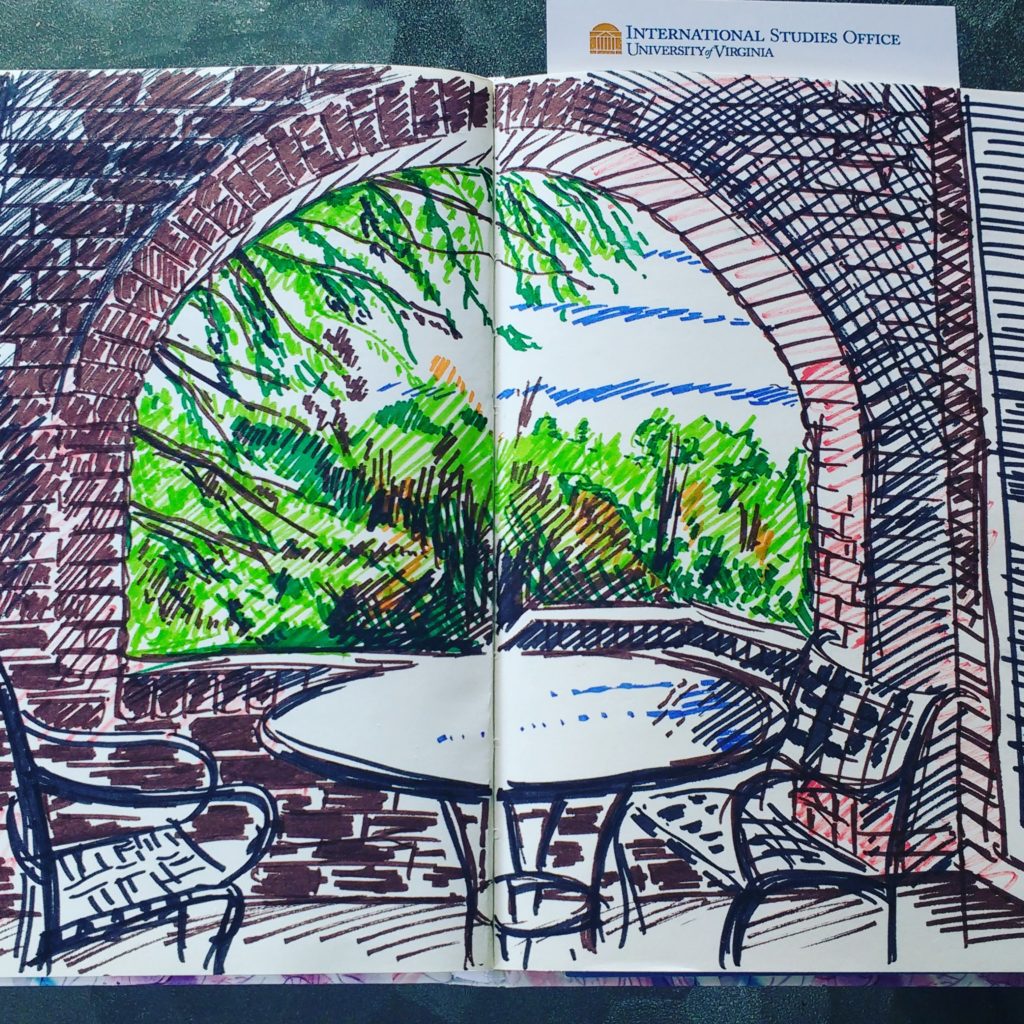
Making the most of the trip
While its really exciting to get the chance to go on this trip, it did take place in addition to my usual work and required me to plan my activities carefully to allow for me to be out of the office for a week. So it was hard to find time to devote to preparing for the trip before I went (hence the booking three flights rather than looking at alternatives!). Ideally I would suggest spending more time on this. Also, despite putting in an application in November it takes time to put the contacts in place with the other institution and to finalise the visit dates. By the time this is all in place it was about six weeks before I was due to travel – so time was of the essence!
This was my first trip of this distance so it was also my first experience of jet lag – which surprised me by hitting me much harder than I expected. The 5 hour difference doesn’t seem that much on paper but in practice really knocked my body clock I was surprised when I found myself slurring during a late afternoon meeting on my first day (fortunately the people I was meeting were very understanding). Don’t over schedule your activities and allow some time between meetings for ‘processing’ and adjusting.
I also took time to get my bearings around the campus. I would find my way to the right building, then take 15 minutes trying to find the entrance (yes, this really happened – twice!). I was late for a couple of meetings which anyone who know me will know is unusual as I tend to be habitually early. I took my paper map everywhere, used google maps to estimate journey times and then doubled them. I’d sussed the layout of the main campus by my final day.
Tips if you are considering making an training visit
Preparation – Think about what you will say when you meet people, how you will describe your work and what questions are you interested in asking? there is defiantly room for going off topic and seeing where the conversation leads, but most of the people I met has squeezed an hour to meet into a busy day and its good to make the most of this. One person I was meeting got in contact in advance to ask me more about my areas of interest and we had a quick pre-chat by email and our resulting meeting was really constructive. If I were to do this again I’d write a couple of paragraphs introducing myself and give this to my host, or send this to people before we met.
Go with a question. It’s easy to get overwhelmed with everything that’s going on in another institution. I found it really helpful to focus on one main thing during my visit – for me it was how does UVa approach to Staff Development for IT staff (specifically learning technology).
Travelling is exhausting – don’t overestimate what you will be capable of when you arrive. This is not like walking into an institution you know well – its disconcerting and takes energy getting to know a new place.
Saying Thank You- I took a gift from my institution for my host and small gifts for people I met with. It would have been useful to have remembered to bring thank you cards but after some exploring I was able to buy these on campus.
Follow up afterwards, I’ve not been great as this (yet) but I do mean to follow up with everyone who was kind enough to take time to speak to me to thank them and to share the outputs from my visit.

